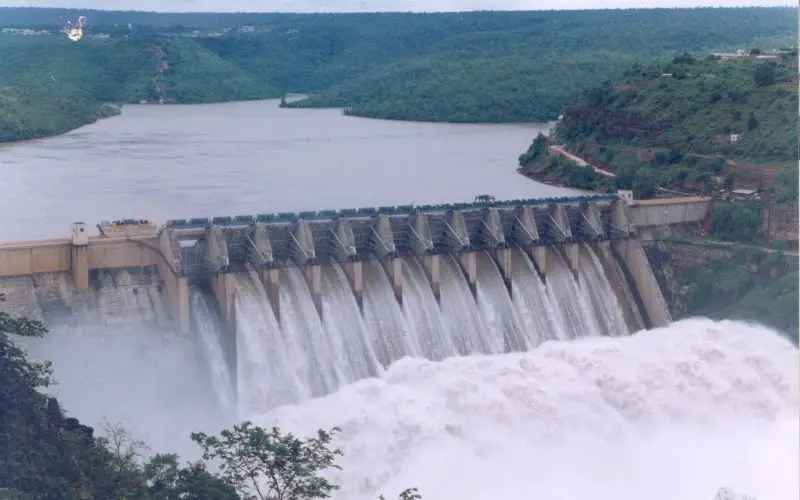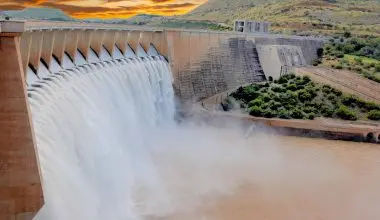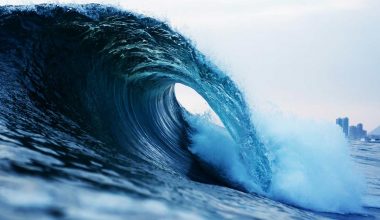Table of Contents Show
The Bhakra-Nangal Dam is located at the border of Punjab and Himachal Pradesh. The dam sits on the river Satluj and is the second tallest dam in Asia. It is an architectural achievement for India which took almost 15 years to complete after it began construction around the country’s independence in 1948. Bhakra Nangal is also the world’s highest straight-gravity dams.
Bhakra-Nangal Dam has a length of approximately 1,700 feet and a width of 30 feet. The dam is located 116km from Chandigarh, making it an ideal location for tourist attraction and family getaway during holidays or on the weekend.
The dam holds a lot of agricultural importance as well, providing irrigation water for farmers throughout the province of Haryana and Himachal Pradesh.
History of Bhakra Nangal Dam
The dam is one of the early development schemes established on the river valley, completely financed by the Union Government. The development began after the independence of the nation in 1948. The project was signed off by then Punjab revenue minister Sir Chhotu Ram in the year 1944 and was finalized on January 8th, 1945.
The construction on the dam was however delayed and restarted once again by the chief architect Rai Bahadur Kumar Sen Gupta and the dam was finally completed by the end of 1963.
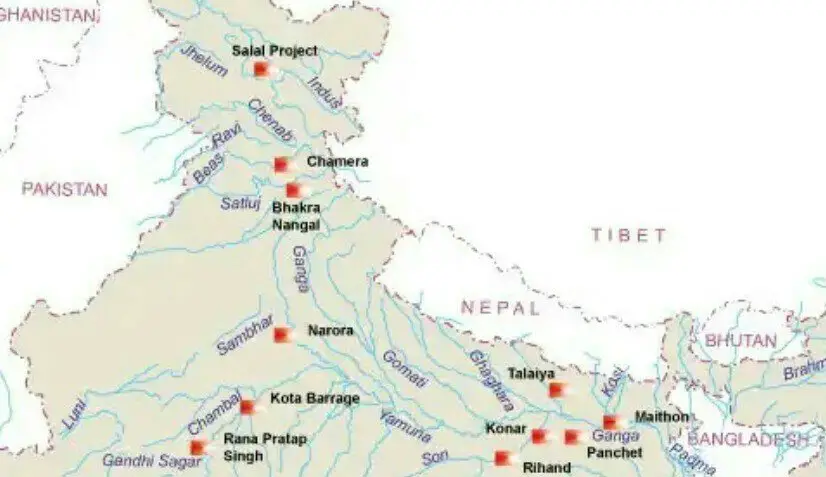
Facts about the Bhakra-Nangal Dam:
- It is Asia’s second tallest dam.
- The dam is the second largest reservoir in the country.
- It is the highest gravity dam in the world.
- The Gobind Sagar reservoir of the dam can store up to 9.34 billion cubic meters of water which is enough to flood the entire city of Chandigarh (almost 50 mi2).
- The Govind Sagar reservoir is 88 km long and 8 km wide.
- It serves as a multi-purpose project promoting tourism and agriculture.
- Provides hydro-electricity to the states of Himachal Pradesh, Delhi, Haryana, Punjab, and Chandigarh
- Bhakra Beas Management Board (BBMB) is concerned with the caretaking of the Bhakra-Nangal Dam.
Importance of Bhakra-Nangal Dam:
The Bhakra-Nangal Dam is a site for tourist attraction not just for the natives, but for foreign travelers from all around the world as well. A large number of tourists visit the site to enjoy visual aesthetics of the dam and its surrounding communities.
The gigantic structure has multiple spots for families and tourists to spend time. Multiple serene spots for picnics, fishing, boating, skiing, kayaking, and sailing have been dispersed throughout the area of the dam. Tourists also have the option of experiencing jungle safari and paying respects to the temple of Naina Devi nearby.
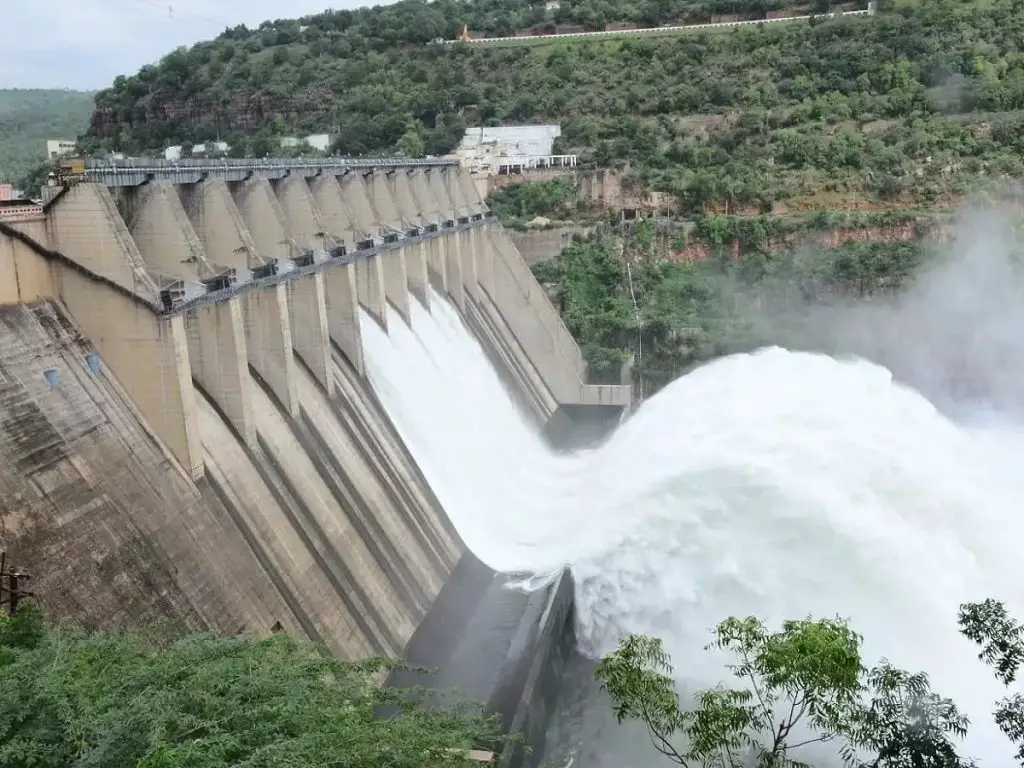
The reservoir of the dam has unique fish species making the dam a very viable spot for fishing activities. Many fishermen will be spotted along Gobind Sagar, actively catching fishes which they can then sell in local markets for profits and earn a living.
These fishermen are usually from the local communities surrounding the Bhakra Nangal Dam. So it can be said that the dam has helped in giving a boost to the local economy of the area.
The dam can hold quite an excess amount of monsoon water as previously mentioned; this water can be periodically released throughout the year, thereby minimizing the risk of monsoon flooding. This excess storage is very crucial as it has avoided widespread damage to local communities and infrastructure near that region.
The most important function of the dam is to provide irrigation. The Bhakra-Nangal Dam can provide irrigation water to over 10 million acres of agricultural land of various states of the country including Rajasthan, Punjab, and Haryana. This is very beneficial for the farmers of these states as this provides them with a plentiful supply of water for their crops, benefiting in better crop yield and production from their lands.
The dam is also being used for the generation of electricity through hydro-electric power. There are 10 operating generators, five on each side of the dam. These dams were provided and upgraded by various companies such as Andritz, Hitachi, and Sumitomo. Russia has also been helpful in the provision and upgradation of these dams. Bhakra Nangal dam helps in playing a pivotal role in the generation of electricity as the powerhouse can generate about 1325MW of electricity. This electricity generated can be used for powering various states like Haryana, Himachal Pradesh, Punjab, Chandigarh, and Delhi.
Importance of Dams and Reservoirs
- It helps to store water coming from various avenues.
- It helps to provide irrigational water to farmlands, resulting in higher crop yields leading to a better earning for farmers. Thereby boosting local economy.
- Industries and local municipals can be provided with water for various needs.
- It helps to attract tourism due to the aesthetic scenery created by the areas near the dam and reservoir.
- Helps in controlling flood thereby preventing natural water-related disasters.
- Helps in the generation of hydroelectric power which can be used to provide electricity to the resident and even states/provinces.
- It helps reduce the need for usage of fossil fuel and other various non-renewable energy resources.
- It provides environmental protection by controlling debris sedimentation and retention of hazardous material.
- A stable system of inland river transportation throughout the system.
- Helps provide jobs concerning the management of the dam and reservoir, including the generation of electricity and controlling the flow of water.
